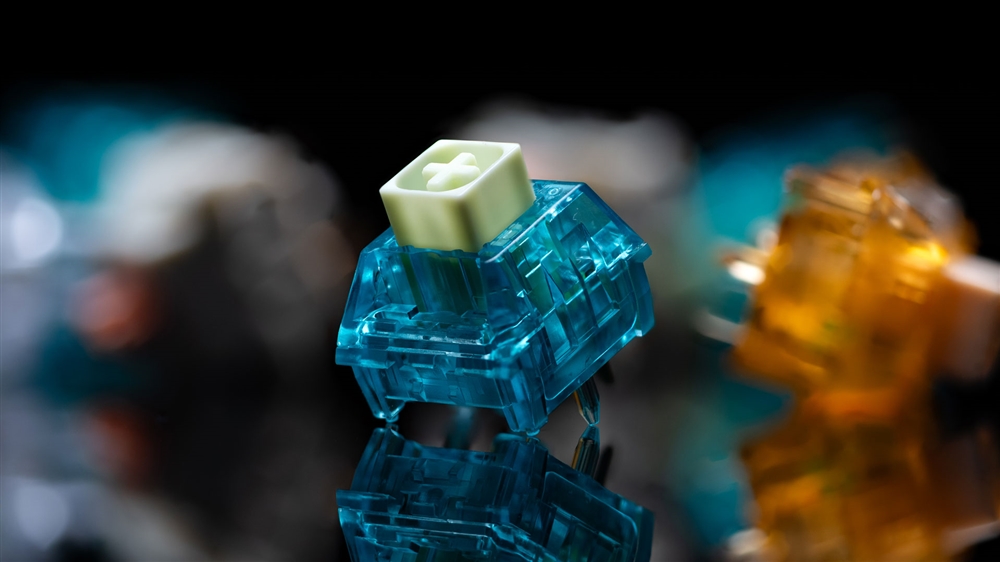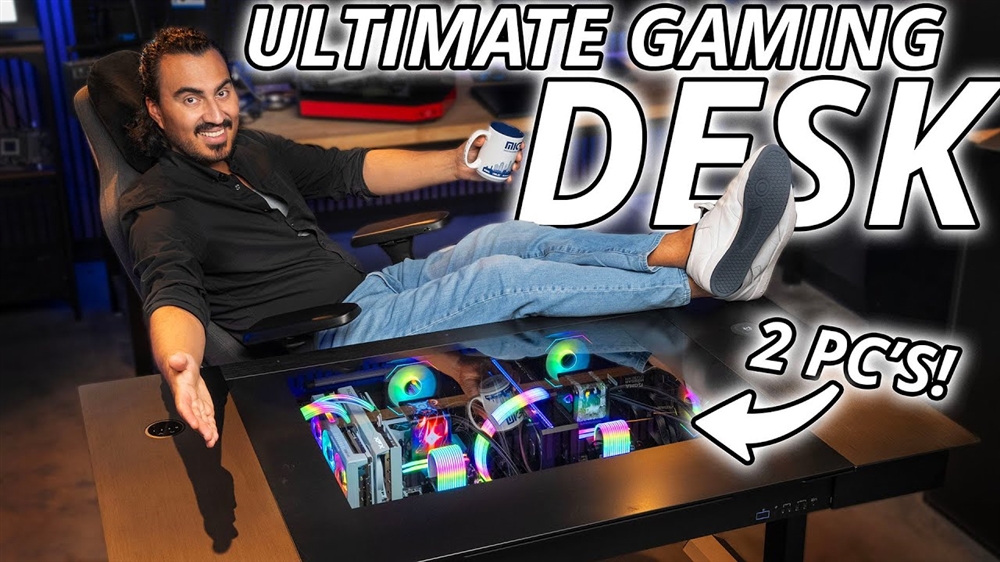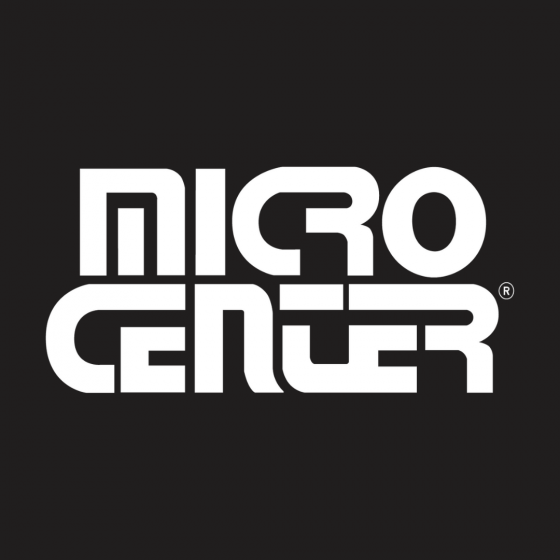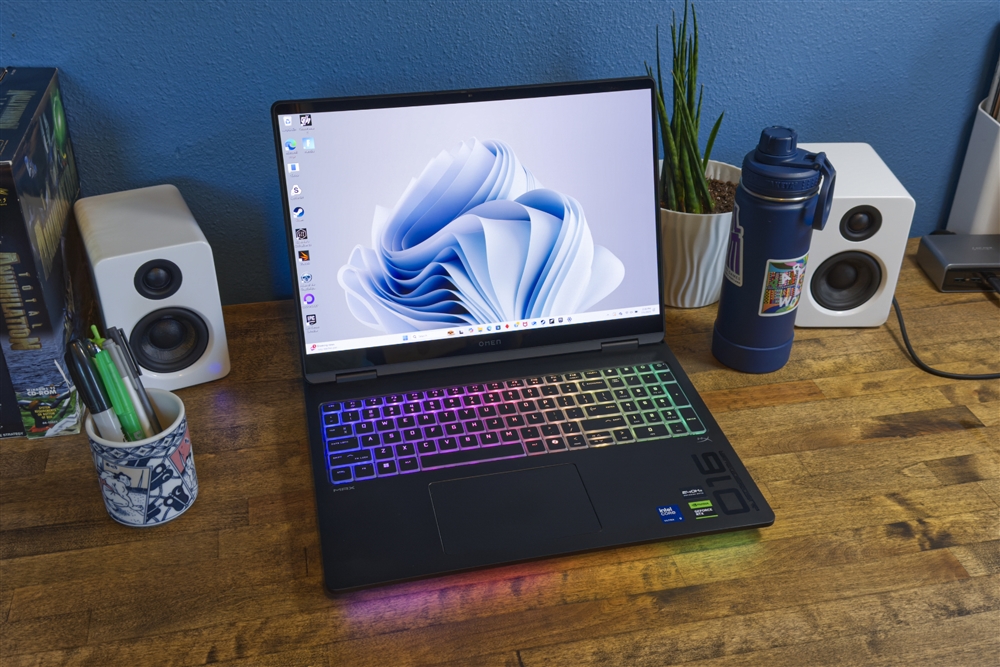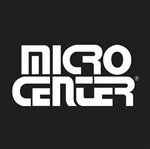Computer Case Sizes Explained
Computer case size affects both aesthetics and performance. It's important to choose a case that balances your needs for space, cooling, and appearance.Buying Guides
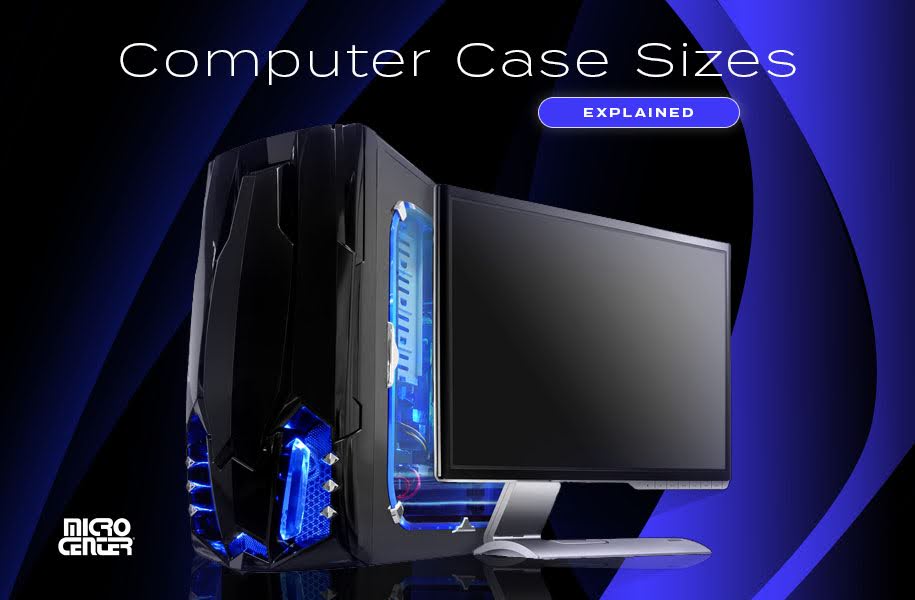
Your PC case is a huge part of your computer's look, feel, and vibe. However, it's much more than just an aesthetic choice. The right desktop PC case can play a significant role in how your computer performs.
To figure out how to choose a computer case for your desktop PC build, it's important to know what’s out there. Ahead, you'll find a quick rundown of the different computer case sizes, plus factors you should consider when selecting a computer case.
Complete Guide to Computer Case Sizes
Full Tower
- Typical Dimensions
- Height: 22-24+ inches (56-61+ cm)
- Width: 8-10 inches (20-25 cm)
- Depth: 18-22+ inches (46-56+ cm)
Full tower cases are the largest size of PC cases available. These cases will remind you why this product is called a tower in the first place: They're large and in charge, with tons of space for components. Full tower cases are the preferred choice of people building serious gaming PCs because their roomy design offers plenty of space for graphics cards, cooling systems, and all of the other components that go into a high-performance gaming rig.
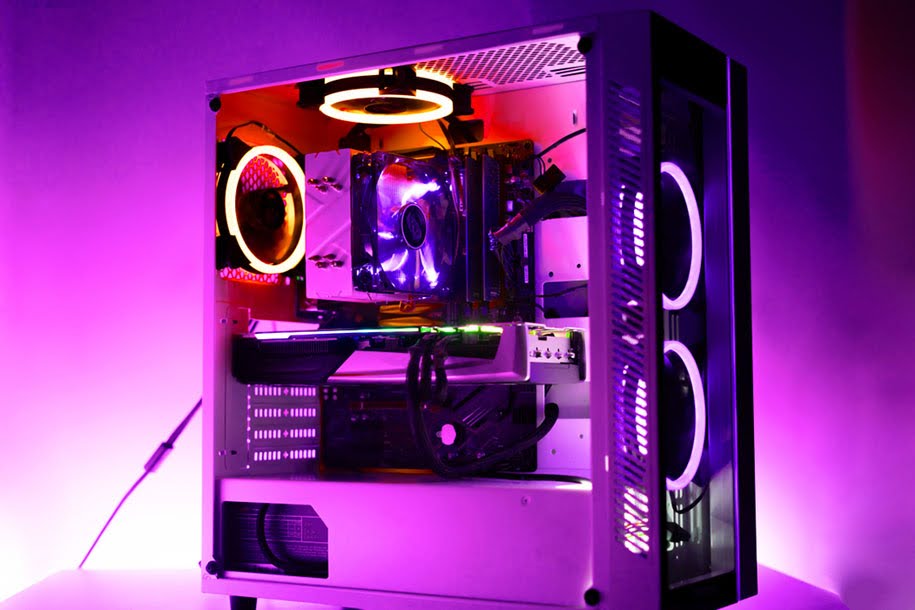
Mid-Tower
- Typical Dimensions
- Height: 17-20 inches (43-51 cm)
- Width: 7-8 inches (18-20 cm)
- Depth: 16-18 inches (41-46 cm)
Now we're getting small. Mini-tower cases are designed for compact performance and space conservation, so they can be ideal choices for anyone working with a small space (especially in areas like a dorm room or shared apartment). However, they require more careful planning when choosing components since it can be difficult to accommodate big parts like a graphics card or air cooler.
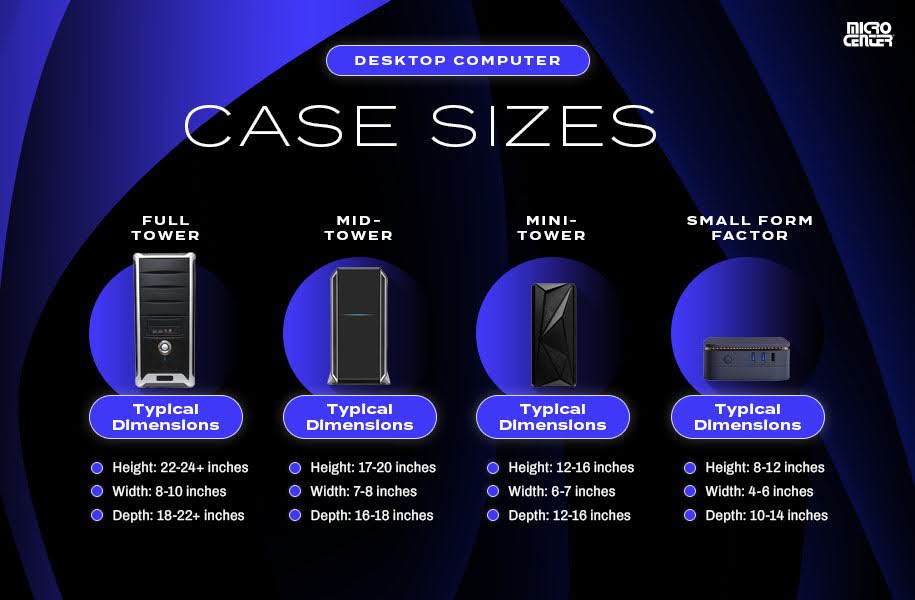
Small Form Factor
- Typical Dimensions
- Height: 8-12 inches (20-30 cm)
- Width: 4-6 inches (10-15 cm)
- Depth: 10-14 inches (25-36 cm)
Small form factor (SFF) cases are the smallest commercially available PC cases. These cases can give you an impressively sleek, low-footprint PC, but they require the most thorough build planning out of all case types. You'll have strict limits on your choice of components, and you'll need to carefully plan your build layout in advance. Generally, SFF build projects are recommended for more experienced PC builders.
Rackmount
Rackmount cases are a unique PC form factor that's designed to be slotted into server racks. They're primarily used for data centers, home servers, and other business and power user applications. If you have to ask whether a rackmount case is right for your PC build, the answer is probably no - but the're out there, so it's worth at least knowing what they are.
A Note on Micro PCs
Finally, it's worth touching on micro PCs. These small, streamlined computers pack all of the essential PC components into a form factor that’s often smaller than the average paperback book.
While their small size usually means they can't accommodate the bigger and hotter components needed to build a high-performance PC, micro PCs can be an excellent choice as a basic office desktop or streaming box. However, cases in these sizes are rarely sold commercially, and it's much more common to see a micro PC sold as a fully assembled unit.
What Size Case Do I Need? Factors to Consider
In most cases (no pun intended), your case should be one of the last parts of your PC that you choose. At a minimum, you should choose your CPU, GPU, motherboard, and CPU cooler before you start thinking about cases.
That's because which computer parts you choose will determine many things about what kind of case your PC needs. Other factors, such as airflow and work space, can also play a role. Consider these key aspects when you’re choosing the size of your PC case.
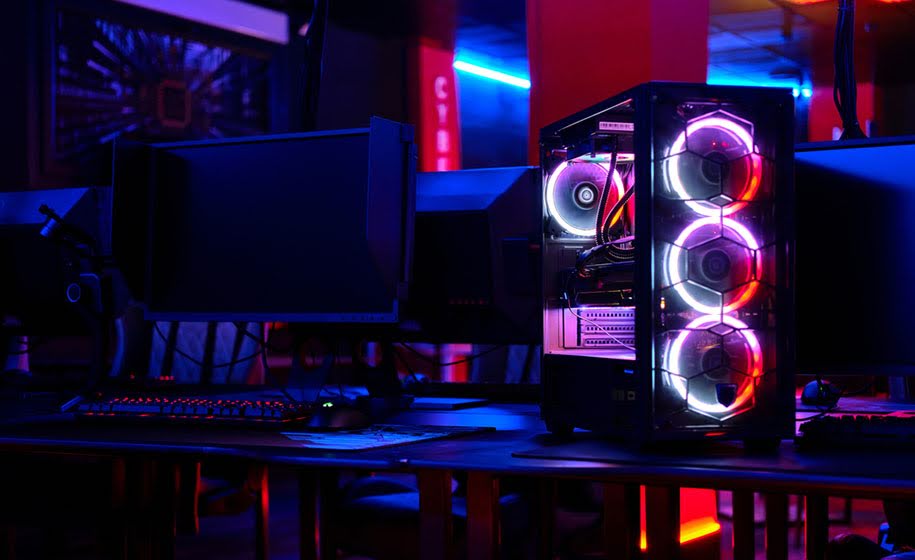
Motherboard Size
Your motherboard connects all of your other components and requires substantial space itself, making motherboard size one of the major determining factors in what size case you can use. These are the basic motherboard sizes on the market today:
- e-ATX: The largest motherboard size, used mostly for performance builds. Typically requires a full tower case.
- ATX: The most common motherboard size, used for the majority of standard PC builds. ATX motherboards will usually fit in either a full tower or mid-tower case.
- Micro-ATX: A smaller cousin to the ATX that can fit in either a mid- or mini-tower. (You can put one in a full tower too, but most people will want a larger and more versatile motherboard when choosing a larger tower.)
- Mini-ITX: The smallest standard form factor, suitable for any sized case including SFF cases, but typically used only for applications where space counts the most.
GPU Size
Today's powerful GPUs are some of the biggest ever created. A high-end card like the RTX 4090 or 7900 XT will often be the single bulkiest part of your PC build, and even smaller cards take up a good bit of space. What's more, these XL graphics cards typically run quite hot, even with their built-in cooling systems.
CPU Cooler Size
A CPU cooler can also take up significant space inside your PC. Air coolers can be particularly bulky, especially the ones made for cooling high-powered CPUs. All-in-one liquid coolers take up less space, although elements like the water block and pump still require planning when using a smaller case. Meanwhile, creating a custom water cooling system is another beast entirely and requires extensive planning for fitting your cooling systems properly.
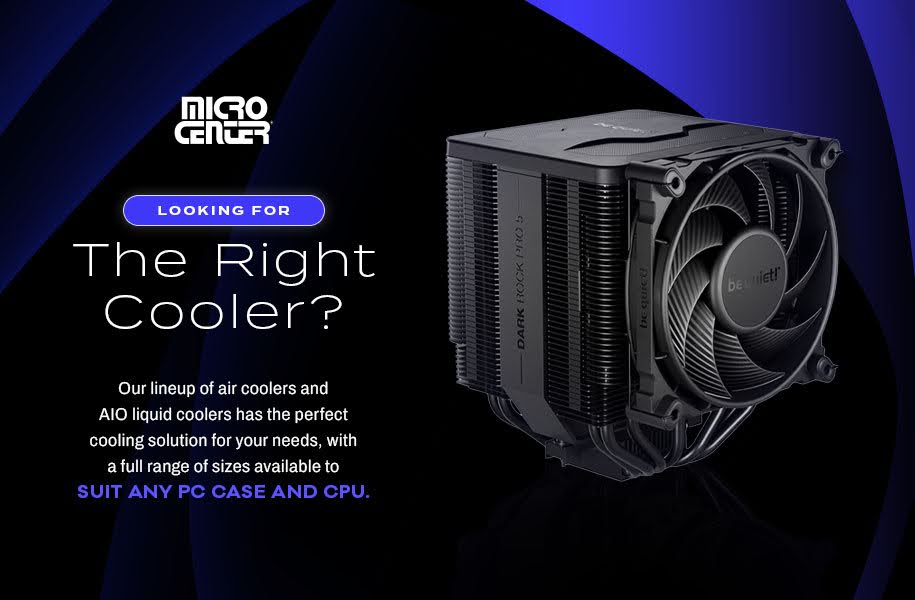
Airflow
Generally, the larger your case, the more easily air will flow through it. Naturally, you'll still need items like coolers and fans even in a full tower, but a case with more space will usually make heat and airflow easier to regulate. A big, open case simply has more room for air to flow and heat to dissipate, which makes it ideal for high-powered CPUs and GPUs.
The smaller the case, the more careful you’ll need to be about issues like fan alignment and GPU placement. If components are bunched up against one another or fans don’t efficiently pull hot air out of the case, your PC might struggle with overheating under heavy load. No matter what size and components you go with, choosing a case with mesh grillework panels can help improve your airflow.
Work Space/Cable Management
Large cases are simply much easier for PC builders to work in than smaller ones. More space in your case means more room to maneuver parts, cables, and tools. You'll also have more options for where you want to position your components; smaller cases tend to lock you into a limited range of options for cable management and component placement.
Cable management is especially worth thinking about. More space allows you to route cables in ways that keep them clear of other components. Efficient cable routing helps improve airflow inside the case, simplifies future upgrades and maintenance, and gives your PC an overall neater, tidier appearance.
Aesthetics
Looks aren't everything, but they do matter at least a little bit for most PC builders. Case size plays a role here, too. Some PC users love the bold, tank-like quality of a full tower, while others go for the exquisitely slim appearance of a mini-tower or SFF PC. Add-ons like RGB lights and transparent panels can level up the vibe, too - but whatever you choose, remember to consider performance first.
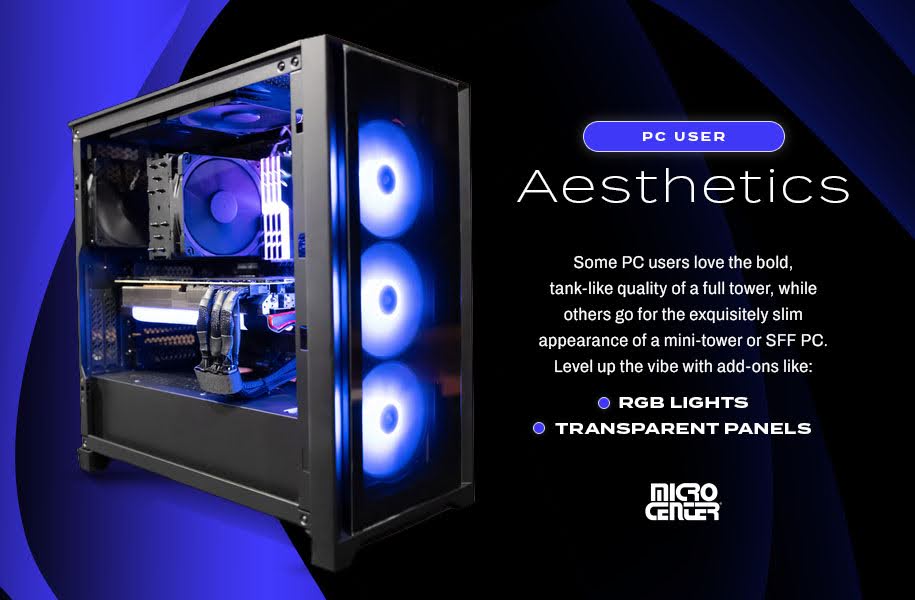
Micro Center is a dream come true for PC building enthusiasts. We offer an industry-leading selection of PC cases in every shape and size. Shop our complete selection of PC cases on our website, or get started with your new build in our powerful PC builder tool.
Looking for a little more guidance? Talk to Micro Center’s experts for straightforward and user-friendly advice on all your PC building questions. We can even build your PC for you - just tell us your budget and performance needs, and we’ll create a powerful desktop PC for business, gaming, creative work, or any other application you need.



